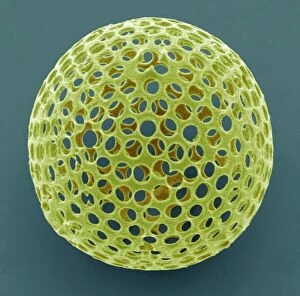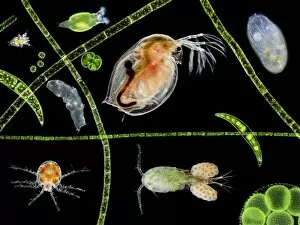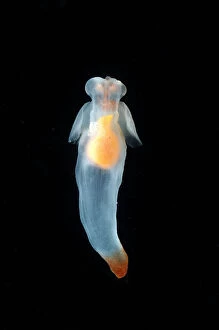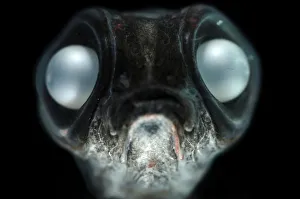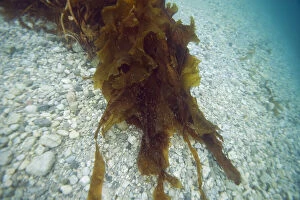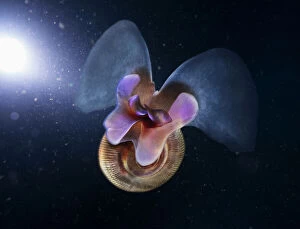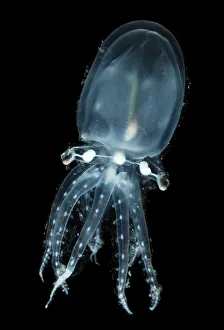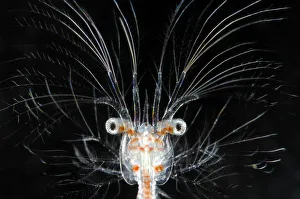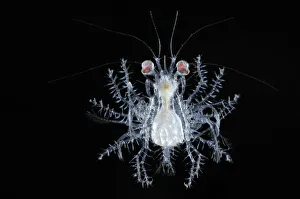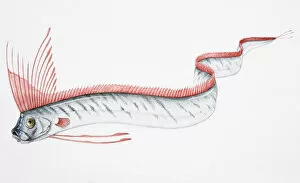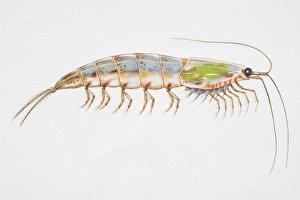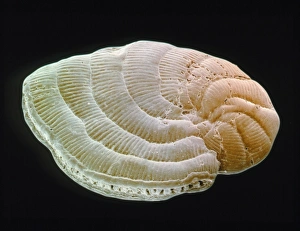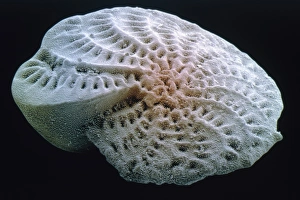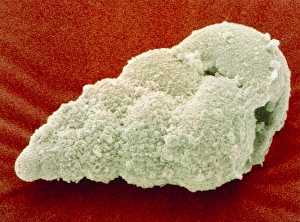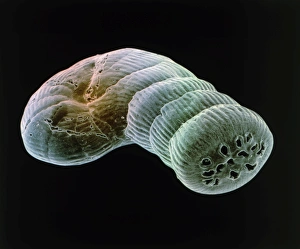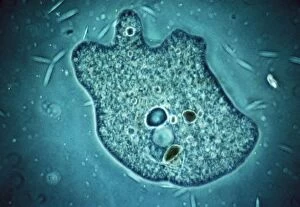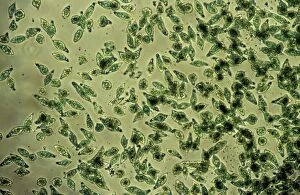Zooplankton Collection
Zooplankton: The Tiny Wonders of Pond Life Delving into the microscopic world of zooplankton
All Professionally Made to Order for Quick Shipping
Zooplankton: The Tiny Wonders of Pond Life Delving into the microscopic world of zooplankton, we encounter fascinating creatures that play a vital role in aquatic ecosystems. Acrosphaera radiolarian, as seen through a scanning electron microscope (SEM), showcases its intricate beauty and delicate structure. Similarly, the SEM image of a Foraminiferan test (shell) reveals its intricate patterns and serves as a testament to nature's artistry. Moving beyond ponds, we explore the vastness of the mid-Atlantic deep where Cione limacina gracefully glides through the water. This sea angel, a pelagic pteropod mollusc, captivates with its ethereal presence. Meanwhile, lurking in the depths of the Atlantic Ocean is the scaleless black dragonfish (Melanostomias biseriatus), showcasing its mesmerizing lure to attract prey. Venturing further south towards Antarctica, we discover Bathylagus antarcticus - an elusive deep-sea smelt found across all southern oceans. Its adaptability to extreme conditions highlights nature's resilience and ability to thrive even in harsh environments. In contrast to these larger species, we encounter Clio recurva - a delicate sea butterfly known as a "thecosomate pteropod. " Drifting effortlessly through the Atlantic ocean currents, it reminds us of nature's intricacy on both macroscopic and microscopic scales. Amidst our exploration lies DDE-90034342; DDE-90033947; DDE-90033941 – cryptic codes representing scientific discoveries yet to be unveiled or mysteries waiting for answers within this diverse realm. As we unravel their secrets and appreciate their significance within ecosystems worldwide, let us marvel at zooplankton's remarkable diversity and acknowledge their crucial role in maintaining ecological balance beneath Earth's watery surface.

